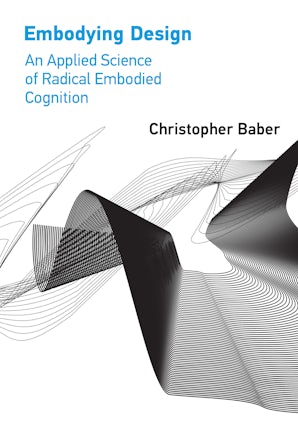Why "Eastern & Western Design – How Culture Rewires The Brain" is wrong

This post is a short critical response to the video titled “Eastern & Western Design – How Culture Rewires The Brain” by the channel Design Theory. The video makes a case to show that culture influences how we perceive and design the world, which is, overall, fine I suppose.
My criticism is mainly two-fold:
- Overall, this is a very classical way of looking at culture and how the brain works;
- The video presents evidence that “banning cousin marriage” is likely responsible for the disparities between "Eastern" and "Western" design. I argue that trying to pinpoint the trajectory of complex adaptive systems to a single event (so-called "root cause") is ridiculous and simply bad science.
There seem to be several historical inaccuracies as well and the references in the video description are, to say the least, rather thin (mainly comprised of 2 books). Please note that I won't treat any of these points here.
So, why "Eastern & Western Design – How Culture Rewires The Brain" is not that great at treating its subject?
Throughout the video, it is assumed that on one side we have "culture", a thing outside of people, and on the other side we have "individuals" and their brains which presumably "contains what characterises the mind, our consciousness".
An assertion like "culture rewires the brain" makes sense only if we accept these premises as true.
1/ Something in the brain
The notion that cognition happens in the brain has been the dominant paradigm in cognitive psychology (CogPsy) for decades now, sometimes referred to as the "Information Processing" paradigm (IP): the very idea that the brain "processes information" from "inputs" and "output" them as "commands to the body" that manifests as behaviour. If the language is reminiscent of computers, it's because it is: the human-as-machine metaphor is ubiquitous in our societies.
Yet, there are several movements in the sciences that are questioning the hegemony of the IP paradigm. In biology, the study of autopoietic systems led Maturana & Varela to formulate the concept of Embodied Cognition [1] [2], which posits that cognition is not located (in the brain) but rather distributed (throughout the body). In the study of visual perception, J. J. Gibson developed the concept of Affordances, which later, combined with the work of Maturana & Varela, gave birth to the movement of Enactivism.
Enactivism defines cognition as "dynamic interactions between an acting organism and its environment". Here the brain contains "no information to be processed" nor contains information that can be attributed to cognition itself, rather cognition is an emergent property of these dynamical interactions. Ecological Psychology (EcoPsy) is another movement which also studies cognition and behaviours from an environmental perspective.
Today, these movements are still not cohesively organised, they might overlap and sometimes contradict each other, but their research is growing in interest in the field, notably because they tend to better explain certain aspects of human behaviours. They are commonly referred to as “4E cognition” which stands for “embodied, embedded, enactive, and extended”. Also, the Radical Embodied Cognitive Sciences (RECS) is an attempt to consolidate them together.
On this topic and how it applies to design, I recommend the book “Embodying Design”, by Christopher Baber.

2/ Culture "doesn't exist"
In the study of chaotic systems and, later, complex adaptive systems (CAS) in physics, we understood systems that are unpredictable due to the nonlinearity of their dynamic network of interactions, which are able to self-organise and display mutating collective behaviours (through micro-events), despite having no formal structures.
The study of such systems has been partially transferred to social sciences and especially to large social systems: societies. A growing number of Sociologists and Anthropologists tend to agree that societies are CAS and that "culture" is not an object, but an emergent property of said systems.
A classical view of culture tends to be hierarchical and could be schematised as an "end process", an object resulting of what people think, do, and produce. And I say "classical view" to be generous here, because I don't think this is a view held by many Sociologists or Anthropologists, if at all. It is, to me, more a certain view of traditional CogPsy on culture than anything else.
If culture is a produced object, separated from us, then how could it possibly influence back our brains?
If we consider culture as an emergent property of social systems, then culture does not exist as an object, rather it is the very things people do within the system. Hence culture exists only as a constant unfolding process of reciprocal relationships between our environment and us.
We shape our world and the world shapes us in return.
This means you cannot change culture, you can only change the relationships within the network. To quote John Shook on this:
“The way to change culture is not to first change how people think, but instead to start by changing how people behave — what they do” [by giving them the means to act in the now]” – John Shook, How to Change a Culture
3/ Root cause analysis does not work in CAS
Root cause analysis does not work in CAS because the system is 1) unpredictable due to the nonlinearity of cause and effect; and 2) highly sensitive to initial conditions, conditions which are constantly evolving over time. Therefore there is no root cause in a CAS, but rather a convergence of vectors that nudge the system in a certain direction.
Thanks for reading!
Kevin

